Fashion

Ekbutr Udomphol
Creative Director, The Only Son
 The Only Son is not exactly new; the brand was started back in 2009, selling through selective multi-brand stores such as Opening Ceremony in Japan, Harvey Nichols in Hong Kong and American website ASOS. But it wasn’t until this year that founder Ekbutr shifted his focus back to Thailand, opening a counter at Siam Center’s 979 multi-label store. It’s not only his cutting-edge, unconventional designs that have drawn our attention, we love that The Only Son is a Thai example of a Western-style fashion studio, involving an investor, design team and sales and marketing experts—a model that Vogue Thailand editor Kullawit Laosuksri has said he wants to see more of in Thailand.
The Only Son is not exactly new; the brand was started back in 2009, selling through selective multi-brand stores such as Opening Ceremony in Japan, Harvey Nichols in Hong Kong and American website ASOS. But it wasn’t until this year that founder Ekbutr shifted his focus back to Thailand, opening a counter at Siam Center’s 979 multi-label store. It’s not only his cutting-edge, unconventional designs that have drawn our attention, we love that The Only Son is a Thai example of a Western-style fashion studio, involving an investor, design team and sales and marketing experts—a model that Vogue Thailand editor Kullawit Laosuksri has said he wants to see more of in Thailand.
Who are you?
I studied fashion at the Sydney Institute of Technology, worked at Ksubi and Sass & Bide in Sydney, and Imitation of Christ in New York. Danai, the owner of A-list investment company, and I were having a conversation [about launching the brand] for a while until we decided to start The Only Son in 2009. I made connections with a number of select stores and decided to launch the brand’s identity with a fall/winter collection. As this was more suited to cold weather, we decided to start off abroad.
What’s the style of The Only Son?
Minimalist, innovative and functional. That doesn’t mean form comes before function; they are balanced. I want people to perceive The Only Son as a conceptual-yet-wearable brand. In the end, clothes must be wearable. I hope people can understand the messages I put in each collection—it’s like narrating a tale through pieces of clothes.
What’s it like to be a fashion designer nowadays?
It’s not just about designing clothes to sell, any more. The market is competitive and you need to take more responsibility. The world is borderless and people are more educated about global trends and style. You have to be adaptable and convey the right message. There are still many loyal customers with strong purchasing power; you just need to find them.
What’s next?
I’m opening a flagship store soon—probably before the end of the year—at a shopping center. I can’t reveal too much yet. While I’m familiar with shopping at street-side shops, like in Sydney and New York, I do understand Thai people’s desire to be in an air-con space. My dream store would be an artsy destination that combines fashion boutique with art gallery.
Architecture

Studiomake
 Studiomake is a design team comprising seven members, including founders and couple Orapun Sarasalin and David Schafer, who returned to Thailand from the US for work and creative reasons. According to Oraoun, Thailand has a long and interesting architectural history, yet not many people in the design industry have opted to build upon that solid foundation. Their recent designs include several residences in Chiang Mai, their own office in Nonthaburi, as well as the Patana Gallery at Rangsit University, which contains galleries, meeting facilities, a library, workplaces and a rooftop garden. This latter venue also boasts a massive, eye-catching moire pattern that appears to move as you wander around the space.
Studiomake is a design team comprising seven members, including founders and couple Orapun Sarasalin and David Schafer, who returned to Thailand from the US for work and creative reasons. According to Oraoun, Thailand has a long and interesting architectural history, yet not many people in the design industry have opted to build upon that solid foundation. Their recent designs include several residences in Chiang Mai, their own office in Nonthaburi, as well as the Patana Gallery at Rangsit University, which contains galleries, meeting facilities, a library, workplaces and a rooftop garden. This latter venue also boasts a massive, eye-catching moire pattern that appears to move as you wander around the space.
What are you working on?
A project for the Chinese-Thai Institute of Rangsit University, which will float on the water’s surface. It will get underway in the next few weeks and should be complete next year.
What makes you different?
We take a very close look at our materials to see how we can make use of them beyond their traditional functions. We also take a very hands-on approach, working closely with the construction team, experimenting on our own prototypes, whereas other designers get bogged down in forms and sketches.
What’s your inspiration?
Understanding the value of craftmanship and combining it with the latest technologies.
What’s next?
In the future we’d like to take complete control over our work, bridging the existing gap between design and construction.
Design
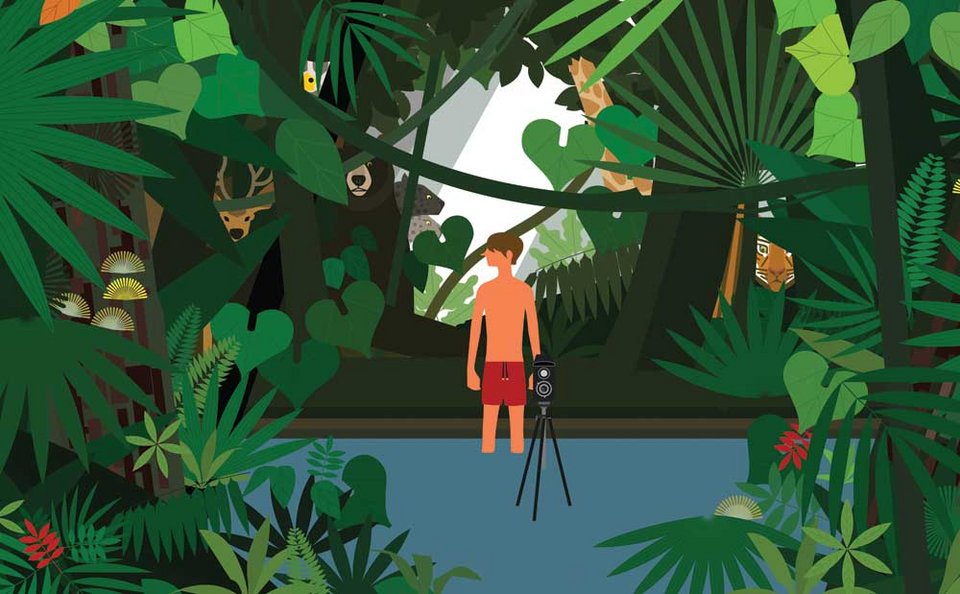
TIMO design
Payoon “Yune” Worachananan
 Artist and illustrator
Artist and illustrator
Payoon was first recognized as an up-and-coming graphic designer back in 2004, but then disappeared going off to study at Japan’s world-renowned design institute Tama University. While studying for her Master’s and Ph.D., she also designed and co-wrote the popular OK Go Tokyo (2010) guidebook to the Tokyo design scene. Earlier this year, she collaborated with hip local swimwear brand TIMO on a pair of jungle-inspired trunks. Payoon has just finished three art exhibitions in Japan and Korea, but the coming year promises even more exciting developments. First up, there’s a pattern design for a Japanese fashion brand next month (sorry, we can’t reveal the brand) and then there is character design and brand image for Japanese fabric brand AITIM. She also has at least three book projects set for release this year, two of which are Japanese guidebooks for Thais. On top of that, she will put on another art exhibition at the end of this year, too.
What’s your inspiration?
If you stick to one style, you won’t progress. I love to see my work go beyond what I’ve previously done. I’m pleased to create art pieces that look realistic, but I like to go beyond, into the realms of hyper-realism. I’m trying to be an artist and illustrator at the same time. I hope to merge those perfectly one day.
What’s your ideal project?
I would like to work with a small brand. I just want to build something and grow together. If they have a great vision, I can learn from them, too.
What’s next?
I’ve got no plans to base myself in Thailand any time soon, but I will be appearing as a guest at TCDC’s Good Citizen event on Aug 10.
Art

Arin Rungjang
 Artist
Artist
Arin has actually been around a long, long time, first exhibiting internationally in France during an exchange program in 1988. Since then, he’s exhibited at events like the Sydney and Singapore Biennales and the CEC Artslink in New York during Hurricane Sandy last year. However, his profile rose further after he was chosen as one of two artists to exhibit at the Thai Pavilion at this year’s Venice Biennale. His Golden Teardrop exhibition looked to explore the history of the egg yolk-based Thai dessert known as thong yod through a documentary and sculpture installation, in the process delving into a number of cross-cultural narratives.
What’s your style?
I’m not focused on being too Thai but I do have a Thainess in me which makes me who I am today. I’ve realized that most of the things we learn as we grow up don’t come from the library or school, but from our experiences with people in society. I love to pick up stories that have been told over and over and use them to create new experiences for my audience. My Golden Teardrop exhibition explores the connections between thong yod and the story of how it traveled here from Portugal via Japan.
Any suggestions for young artists?
Don’t look for funding from private sponsors. Seek it from the government as it has an important role in supporting creativity. To ensure this support continues, we artists must create better and better art.
What’s next?
I have two ongoing projects that delve into Thai history post-WWII, one which might appear at the Asian Art Biennale in Taiwan and another at the Florence Art Biennale at the end of the year.
Social Activism

Tul Pinkaew
Campaign Director, Change Thailand
Working as a journalist for Bangkok Post and Reuters, Tul came to question whether journalism really reflected people’s lives and had the power to make the world a better place. He then started to contribute his communication expertise to NGOs including Save the Children, Oxfam and MTV EXIT. Around 2005, Tul became fascinated with the power of blogs for voicing people’s concerns, from the most practical level to enacting changes from the top. When online petition platform Change.org was looking to extend its presence into Thailand last year, Tul was a natural fit as the country’s campaign director. Since then he has seen Change gain over 250,000 followers in Thailand for various campaigns from protesting against eating shark fins to fighting for a proper green development of Makkasan. The group will hold an event on Sep 7 to mark Change Thailand’s one year of operations, which will double as a workshop on how to stage a successful campaign.
Dance

Jitti Chompee
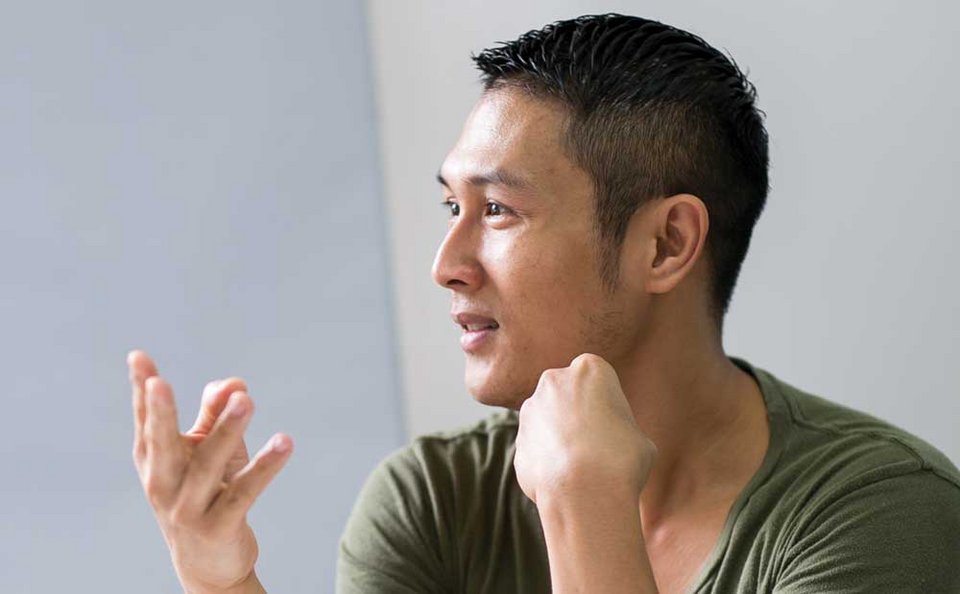
Dancer/choreographer
Following in the footsteps of acclaimed Thai dancer, director and choreographer Pichet Klunchun, Jitti Chompee is fast making a name for himself for combining contemporary dance with Thai traditional khon performance. He is perhaps best known for his groundbreaking physical performances, often in unusual settings—he has put on various innovative shows at Bed Supperclub, for example—while his dance troupe 18 Monkeys Dance Theatre has already performed overseas in countries such as Morocco and is set to visit Buenos Aires in April next year.
What’s your inspiration?
I guess one of my most prominent inspirations would be French novelist Jean Genet. Partly it’s because of my focus on homosexual issues but also because he shows what it means to be a real artist. A real artist is born with his talents, they don’t learn it in higher education. Genet was a thief, a prostitute and spent part of his life in prison. But the letter he wrote for his lovers in jail became his beautiful silent film Un Chant d’Amour (A Love Song). He made the film without expecting anyone to cherish it. It just shows true passion drives the best artwork.
Are Thai audiences becoming more receptive to your shows?
Well, more Thai people are attending my shows these days but it’s still pretty low compared to my foreign audience. But it’s a start. As Dreambox director Suwandee Jakravoravudh puts it, things are good as long as we have good audiences. Good audiences means people who really want to come to the show, pay for the tickets and appreciate it. That’s also my preference
What is needed to succeed on an international level?
Performing internationally will never be my goal. If that’s how you create an artwork then it’s no longer about your passion. For me, the purpose of creating a show is different. I want to create art without having a plan of where it or I should end up. So what comes after that always keeps me excited. What’s the measurement of “going inter?” Jean Genet did it just because he was passionate about it. It satisfies you the same no matter where you perform. If someone happens to like your work and asks you to perform outside of Thailand, well then that’s a benefit for you and your country.
Journalism
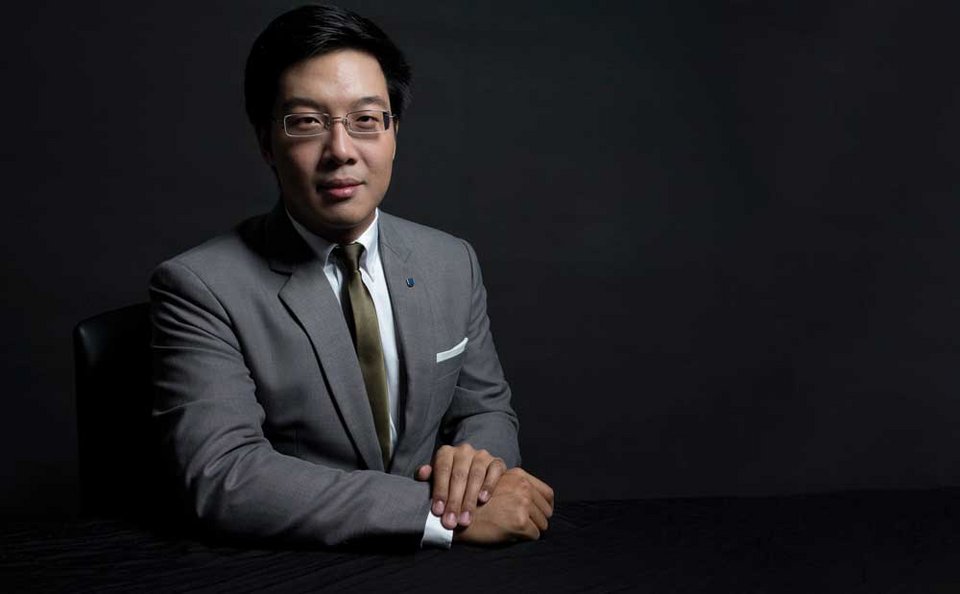
Saksith Saiyasombut
Freelance international correspondent
The 26-year-old Thai journalist was raised in Germany and has had a keen interest in news, particularly Thai politics, since he was young. After working as a reporter for a local newspaper in Hamburg, he shifted his focus to his home country and started reporting on Thailand and Southeast Asia. He has since worked for the Asia News Network and in front of the camera for Channel News Asia. But he’s probably best known for his political blog Siam Voices on the Asian Correspondent website, from which he gained a reputation for his sharp insights into the local political scene. Currently doing a course on Southeast Asian studies, he plans to return to Thailand as an international correspondent.
What are the challenges in covering Thai politics?
It’s probably one of the most difficult and challenging stories to cover for an international audience, considering the events of recent years and how multi-layered the issue is—how are you going to explain all that in a few minutes on TV? Another danger is a certain fatigue, since, on the surface, little has changed in the past few years.
What makes a good reporter?
As a journalist, I want to be the first to know what’s happening, who’s behind it and their motivations. I want to know the mechanics behind it in order to then explain and ultimately report on the consequences, its context and the bigger picture—and also to listen to the stories of the people affected by it. I want to use this knowledge to truly engage as a citizen in a democratic society.
MUSIC

Rats Records
2012 was undoubtedly the year of Panda Records. The label’s head honcho, and general music man-about-town, Wanarit Pongprayoon (Pok Stylish Nonsense) had plenty to celebrate, including the surprise success of the label’s thrilling psych trio Chladni Chandi. However, we’re thinking the year ahead could well belong to another group of media/music types (and friends of Pok’s) who are teaming up as the brand new label Rats Records. One of the founders, Anucha “Off“ Ochareon, introduced us to the label with his electro-punk project Dot’s electrifying single “Another Lie,” which shot up the Fat Radio top 40 chart earlier this year. The second artist on the roster is Part Time Musicians, a folk trio who caused a stir with their latest release, “Would You Mind?” featuring Chladni Chandi. Off told us a third artist should be unveiled before the end of the year, while Dot’s debut album should be out by then, too. What really seals the deal for us, though, is the Rat Records’ HQ-cum-rockin’-live-venue Haus20 Design and Dine, which we just named one of the coolest places to catch indie gigs in Bangkok.
Business

Pardprapa Gunyaviriya
General Manager, Lor Yaowaraj
Tongues started wagging when 70-year-old grocery store Lor Yaowaraj received a bold makeover (complete with decorative bicycle out front) at the turn of the year. Pasprapa Kanyaviriya, 27, is the mastermind behind this change, which looked to modernize the old business without losing its unique charms. Vehemently opposed by his family initially, a year spent explaining his business concept finally won them over. With more than 5,000 categories of products, Lo Yaowaraj isn’t just a wholesale and retail shop, anymore—it’s also become a popular destination for tourists strolling around Bangkok’s famous Chinatown.
With this new-found popularity, Pasprapa is confident that the next step will be to expand this local business regionally.
What’s the store’s concept behind the store?
We aim to represent our surroundings by gathering all the best stuff in Yaowaraj to sell in one place. Regular customers can find the best selection, while tourists can find the perfect souvenirs.
What’s next?
We don’t want to open other branches in Thailand, but we are eyeing new spots in neighboring countries. We dream of opening Lor Yaowaraj in Yangon, Luang Prabang and Hanoi soon.
Food

Supanniga Eating Room
Thanaruek “Eh” Laoraowirodge
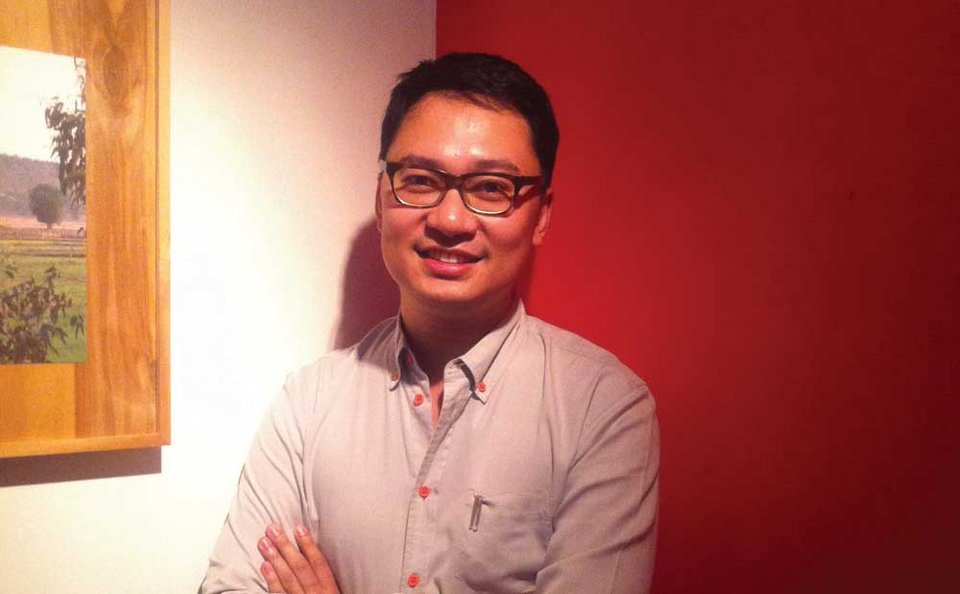 Restaurateur
Restaurateur
Eh is the man behind the growing restuarant empire that spans the chic Minibar Royale to the popular Somtum Der and Supanniga Eating Room, among the first in a slew of restuarants focused on serving up authentic Thai flavors in more refined settings. He’s planning to head to New York, where he aims to take real deal Thai food to the world stage.
What inspired you to open a restaurant in New York?
New York is already known for its excellent culinary scene. What I’m hoping to bring is something exciting that’s still missing, an authentic Thai restaurant with an urban concept. People in New York already have a good perception of Thai food. They are not just familiar with tomyam, but regional dishes, too. Somtum Der is suited to New Yorkers, especially in the area where we will be located, which is in the NYU neighborhood filled with artsy, hip people. Supanniga is more complicated—we need to better understand the market first and work on our ingredients and recipes. It’s long been my intention to present authentic Thai food to the world. We will also try our best to educate customers about Isaan culture, what the food is like and how to eat it.
What are the challenges?
There are limitations regarding produce and many restaurateurs compromise on flavors to suit the foreign palate, but our selling point will be presenting authentic versions of Thai dishes. In Bangkok, 50% of our customers are foreigners and we know they can handle it all, barring the very spiciest. No need to worry, our chef, Kornthanut Thongnum will be very tough. The people of New York will get the closest taste possible to what we eat here.
Where to next after New York?
First, we aim to open more branches in different areas around New York before expanding to other major metropolis like London, Hong Kong and Shanghai. I get a lot of inspiration from traveling and like to connect what I’ve seen elsewhere with my roots. My restaurants are not just about lifestyle, they tell my story as well. We’re not about new trends. We’re here for the long run—10-20 years. We don’t just want to open a restaurant that is really trendy, then close and open another one.
FILM

Marry is Happy, Marry is Happy
Nawapol “Ter” Thamrongrattanarit
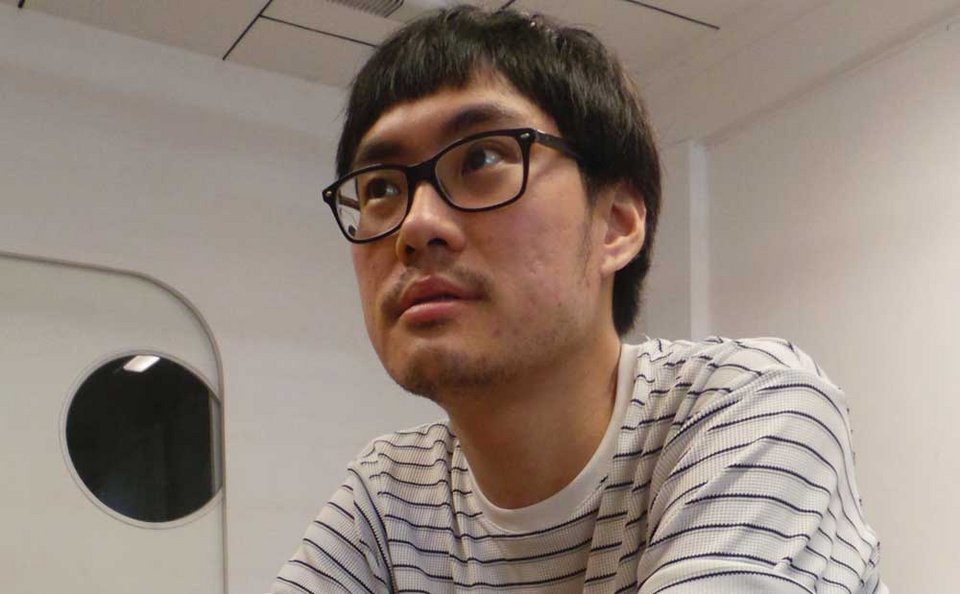 Director
Director
Having worked on GTH’s Bangkok Traffic Love Story and Top Secret, Ter finally stepped into the spotlight on his own last year with his directorial debut, 36, which has claimed numerous awards, including New Currents at the Busan Film Festival, and is still doing the rounds at many of the world’s top film fests. And we’re expecting even bigger things from Nawapol this year. His second full-length film, Marry is Happy, Marry is Happy [formerly The Year of June], is receiving funding through Venice’s Biennale College-Cinema and will make its premiere at the Venice Film Festival in August before hopefully arriving in Bangkok later this year.
Can you describe the inspiration for your latest movie?
It’s pretty experimental. I’m interested in the current obsession with social networking so I tried to write a script from following newsfeeds on Twitter. It’s meant to be a year in the life of a female Bangkok student as relayed through her Twitter status.
Do you think indie films are more valuable than mainstream movies?
People need to stop judging movies on whether they are indie or mainstream. Indie does not automatically mean cool, nor does mainstream mean bad. You can take valuable insights from all sorts of films; for instance, Thai people’s love of comedies and ghost movies reveals a love of light-relief and superstition.
What’s next?
I’ve already talked to GTH about my next film for which I’ll be both screenwriter and director. We haven’t gone too deep into the details regarding plot or concept, since I’m now obsessing with Marry is Happy, Marry is Happy. The project should start once I bring that film back to screen in Bangkok, which should be in December.
What kind of film would you like to make next?
Well, I’m not entirely sure, but what I’m really interested in right now is the issue of religion and the monkhood in our country. In social media terms, Nern Kham’s story is undoubtedly the hottest topic at the moment. This leads me to question, what are we, as a society, more interested in, cherishing our Buddhist beliefs or preserving status?
What do you think of the Thai film industry at the moment?
I’m impressed with the Pee Mak Pra Khanong phenomenon. As a filmmaker, I can say that film would not have been easy to produce. The fact it’s made not only B100 million but B500 million is astonishing. For the past two years, we haven’t really seen anything new, but Pee Mak is proof that something different can achieve commercial success, too.
Fashion

Chanokporn “Dream” Sayoungkul

Model/actress
You’ve probably already seen her honey-tanned skin and fierce face in shoots for local fashion magazines, but it’s on the big screen that Chanokporn Sayoungkul (Dream) really caught our attention. After graduating from KMUTT School of Architecture & Design, Dream landed a steady stream of modeling work before securing a role in the Pen-Ek thriller Headshot (2011). She’s now focusing on acting with a part in a telemovie tribute to the King to be broadcast in October where she plays a Burmese girl locked in a jail for 20 years. She’s also got another movie project lined up to start shooting in August.
Any tips for wannabe models?
The fashion industry is a fast-paced world. A good model should be disciplined, punctual and ready to work at all times. You should try to learn little details from photographers, stylists and make-up artists, as these can help you improve yourself. Remember, new faces are found every day. Most importantly, be confident and proud of your uniqueness.
Television

Thanaphop “Tor” Leerattanakajorn
 Actor
Actor
Ten weeks ago, no one knew about Thanaphop “Tor” Leerattanakajorn. But 260,000 hits on Google and more than 70,000 likes on Facebook later, and the 19-year-old is suddenly hot. The young actor has found fame from his starring role in the runaway cable TV smash Hormones, in which he’s cast as Pai, a hot-tempered student who is involved in crime, fights and sexual conquests. The series has quickly become a teen favorite, garnering more than a million views for each episode on YouTube. As for Tor, he’s the new teen heartthrob, appearing in a music video for Getsunova and gracing magazine covers. We haven’t had any official word about his next project, but this kid’s definitely worth keeping an eye on.
















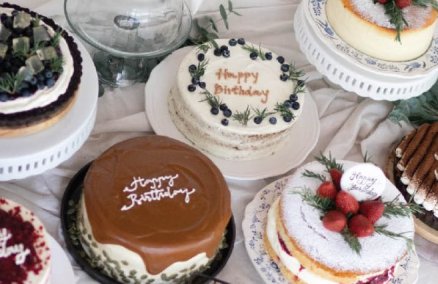

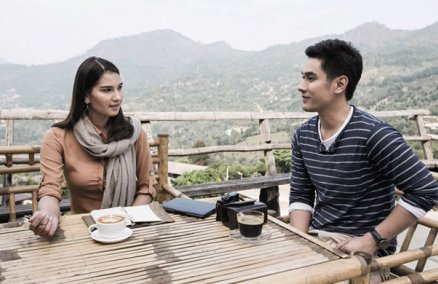
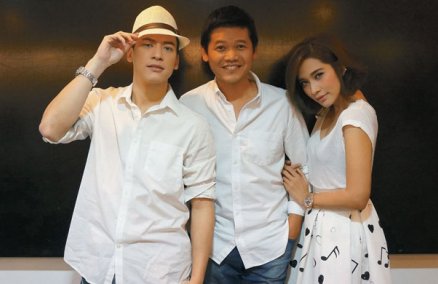

 The Only Son is not exactly new; the brand was started back in 2009, selling through selective multi-brand stores such as Opening Ceremony in Japan, Harvey Nichols in Hong Kong and American website ASOS. But it wasn’t until this year that founder Ekbutr shifted his focus back to Thailand, opening a counter at Siam Center’s 979 multi-label store. It’s not only his cutting-edge, unconventional designs that have drawn our attention, we love that The Only Son is a Thai example of a Western-style fashion studio, involving an investor, design team and sales and marketing experts—a model that Vogue Thailand editor Kullawit Laosuksri has said he wants to see more of in Thailand.
The Only Son is not exactly new; the brand was started back in 2009, selling through selective multi-brand stores such as Opening Ceremony in Japan, Harvey Nichols in Hong Kong and American website ASOS. But it wasn’t until this year that founder Ekbutr shifted his focus back to Thailand, opening a counter at Siam Center’s 979 multi-label store. It’s not only his cutting-edge, unconventional designs that have drawn our attention, we love that The Only Son is a Thai example of a Western-style fashion studio, involving an investor, design team and sales and marketing experts—a model that Vogue Thailand editor Kullawit Laosuksri has said he wants to see more of in Thailand. 
 Studiomake is a design team comprising seven members, including founders and couple Orapun Sarasalin and David Schafer, who returned to Thailand from the US for work and creative reasons. According to Oraoun, Thailand has a long and interesting architectural history, yet not many people in the design industry have opted to build upon that solid foundation. Their recent designs include several residences in Chiang Mai, their own office in Nonthaburi, as well as the Patana Gallery at Rangsit University, which contains galleries, meeting facilities, a library, workplaces and a rooftop garden. This latter venue also boasts a massive, eye-catching moire pattern that appears to move as you wander around the space.
Studiomake is a design team comprising seven members, including founders and couple Orapun Sarasalin and David Schafer, who returned to Thailand from the US for work and creative reasons. According to Oraoun, Thailand has a long and interesting architectural history, yet not many people in the design industry have opted to build upon that solid foundation. Their recent designs include several residences in Chiang Mai, their own office in Nonthaburi, as well as the Patana Gallery at Rangsit University, which contains galleries, meeting facilities, a library, workplaces and a rooftop garden. This latter venue also boasts a massive, eye-catching moire pattern that appears to move as you wander around the space.
 Artist and illustrator
Artist and illustrator
 Artist
Artist






 Restaurateur
Restaurateur
 Director
Director


 Actor
Actor
